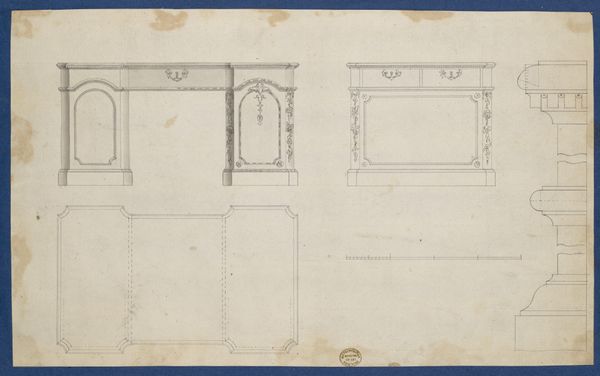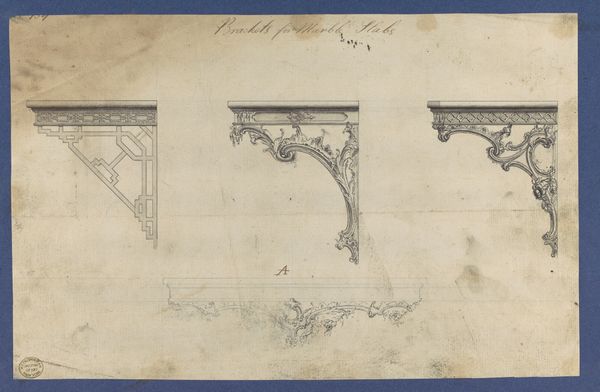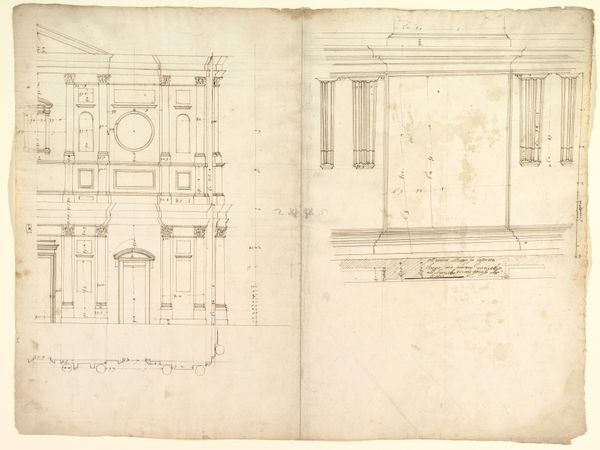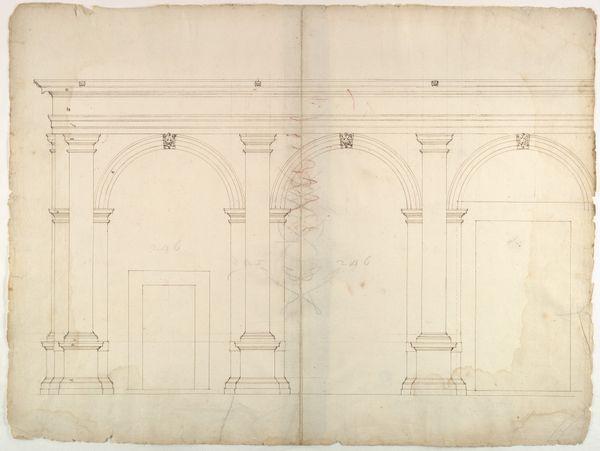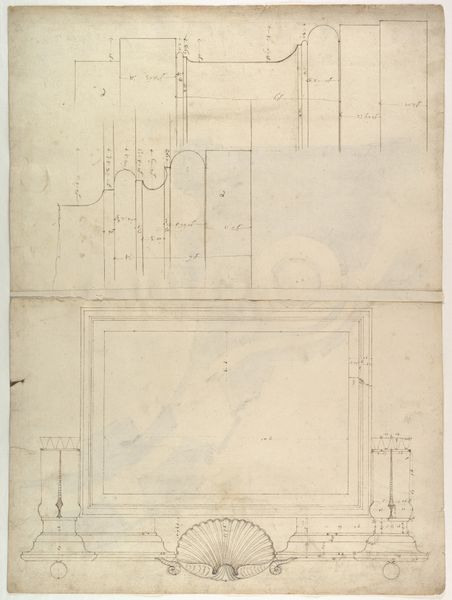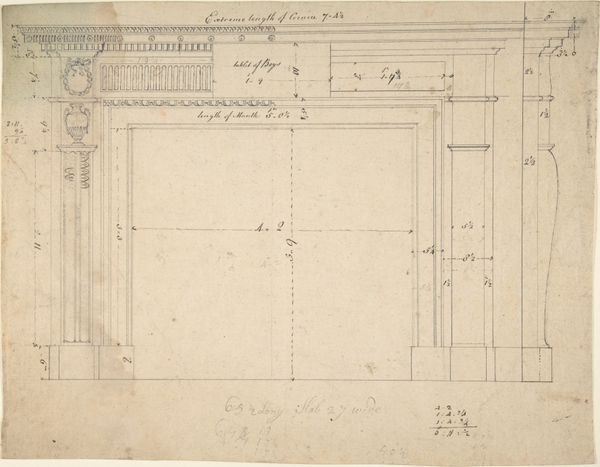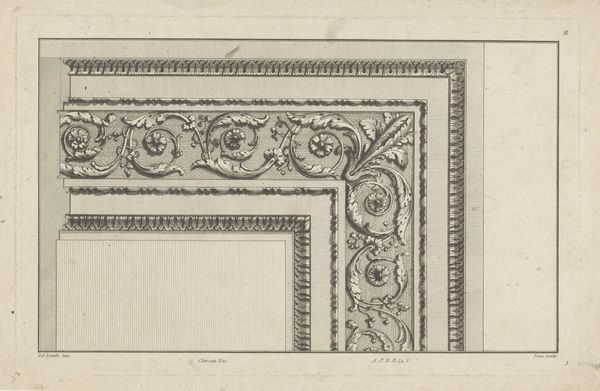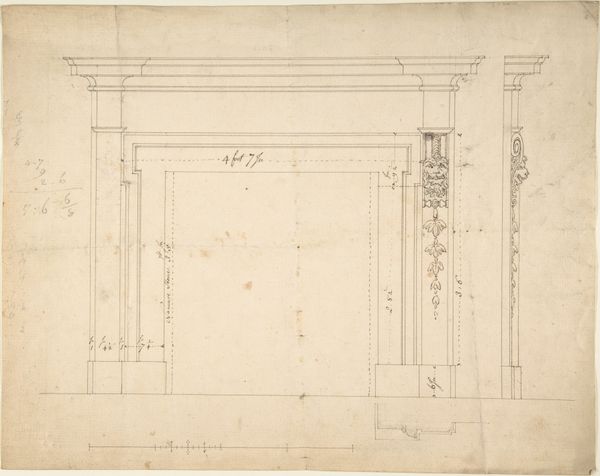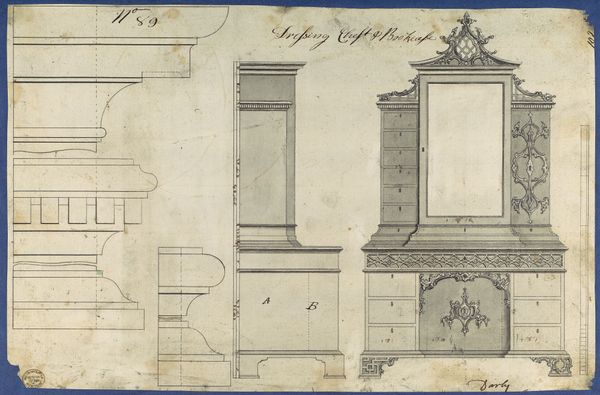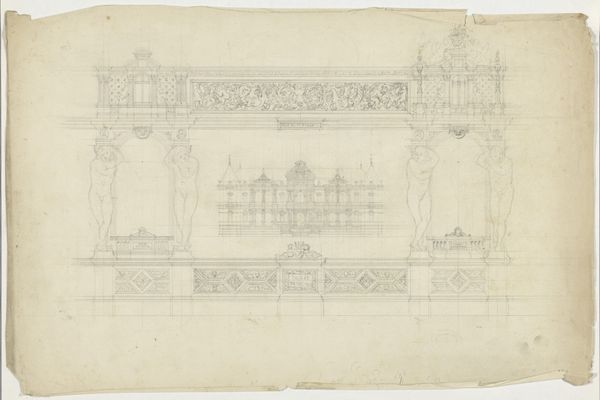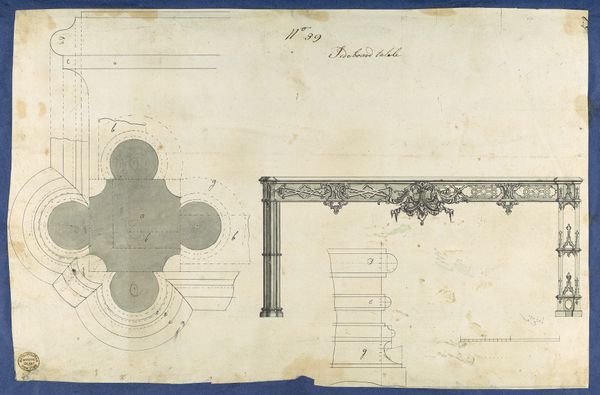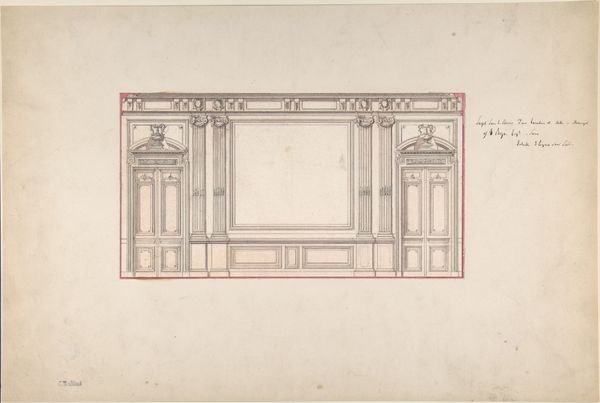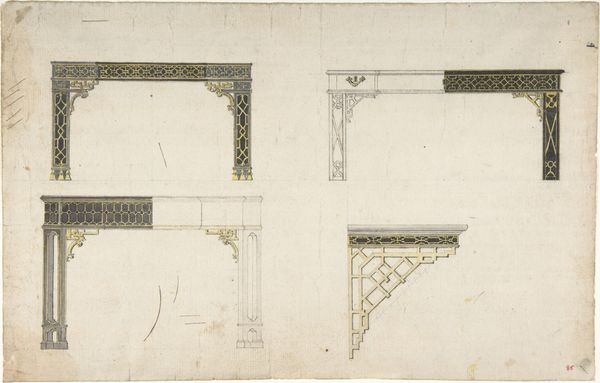
Sideboard Tables, from Chippendale Drawings, Vol. II 1760
0:00
0:00
drawing, print, paper
#
drawing
#
neoclacissism
# print
#
paper
#
geometric
#
line
#
history-painting
#
academic-art
Dimensions: sheet: 8 7/16 x 13 9/16 in. (21.5 x 34.4 cm)
Copyright: Public Domain
Editor: This drawing from 1760, "Sideboard Tables," is by Thomas Chippendale. It is a print on paper showcasing sideboard table designs. I'm initially struck by the precision of the lines and the balanced composition. How do you interpret this work, considering its emphasis on form and structure? Curator: Indeed. Observe the meticulous detailing; line becomes paramount. Chippendale has delineated form through strategic variations in line weight, establishing a clear hierarchy. Note the orthogonal projection; it emphasizes a rational approach to design, prioritizing clarity. The overall impact stems from its intellectual engagement with geometric principles and Neoclassical ideals. Editor: I notice how the ornamentation, although intricate, remains subservient to the overall geometric structure. Is that a conscious choice reflecting Neoclassical restraint? Curator: Precisely. The drawing reveals a tension between ornamentation and structure. Chippendale masterfully controls the ornamentation to augment, not overwhelm, the foundational forms. Ask yourself, what does this balance suggest about the designer’s intention, especially considering its relation to utility? Editor: So, it's about achieving a harmony through controlled visual elements rather than pure aesthetic excess? I guess I didn't recognize how complex it was from just the drawing of some tables. Curator: Precisely. Form dictates function, but here drawing as form dictates understanding. This wasn’t just a technical drawing but a manifesto on order itself.
Comments
No comments
Be the first to comment and join the conversation on the ultimate creative platform.
